PLAN AND PREPARE
Priority #1: Safety on the A.T.
November 2, 2024
The Appalachian Trail (A.T.) is so well-traveled it can be easy to forget how remote most of the Trail actually is. There is often little or no cell service and help can be hours away in the event of an emergency. Make sure you have the equipment and knowledge you need to stay healthy and safe during your hike. In an emergency, call 911.
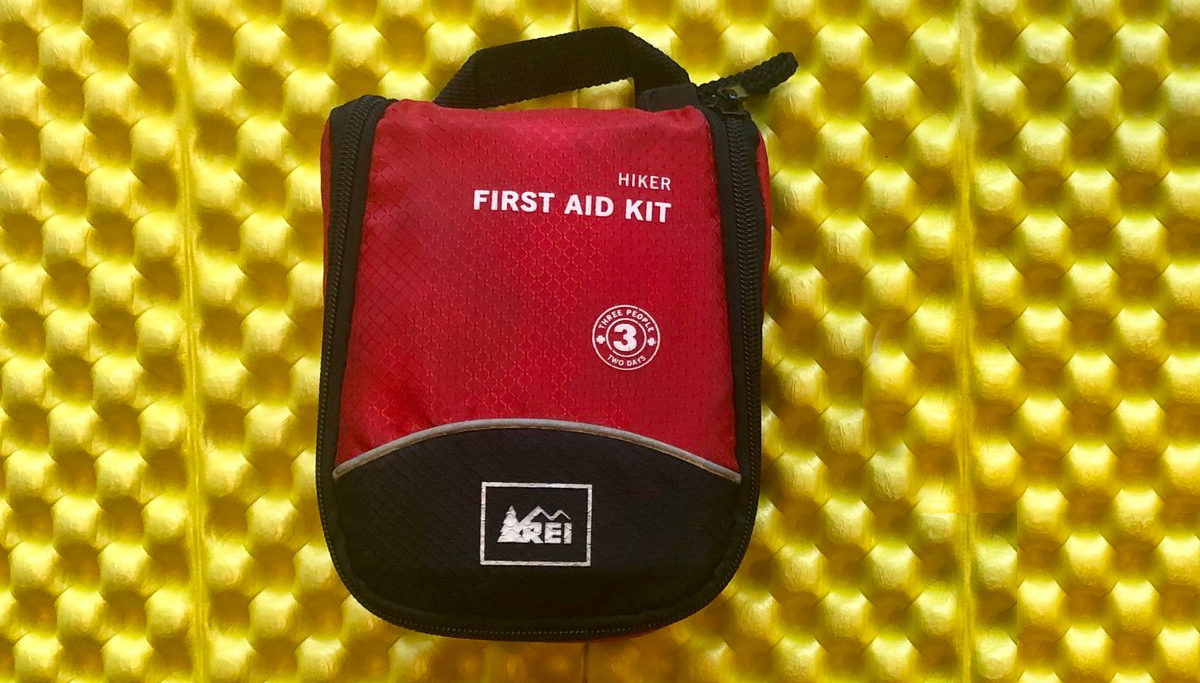
Essentials for the A.T.
Emergencies happen to even the most well-prepared and experienced hikers. Proper clothing, equipment, a stocked first aid kit, and a good emergency kit can make all the difference if you find yourself in trouble. It’s essential to keep your pack with you at all times.
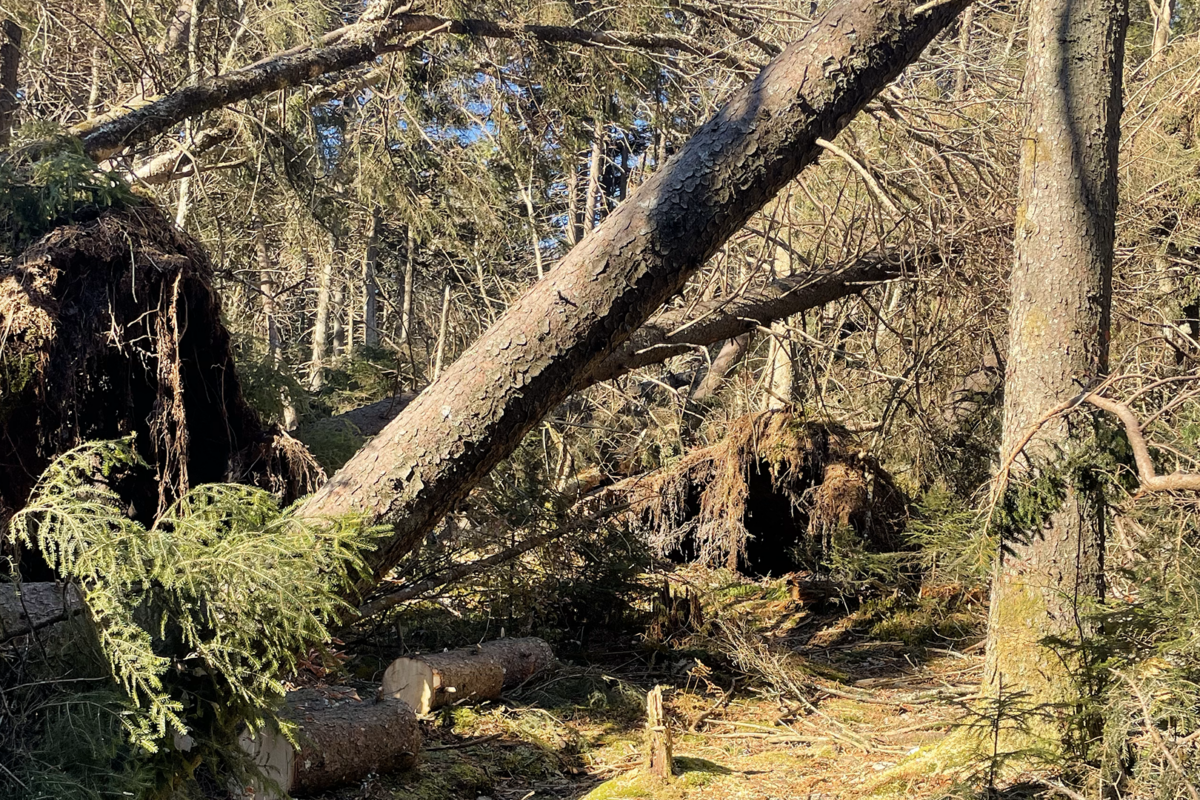
Helene presents unique risks this season
2025 A.T. hikers planning to hike anywhere between Davenport Gap and the New River at Pearisburg, VA (NOBO miles 239.4 to 637.8) should learn about the risks associated with hiking through areas damaged by Hurricane Helene late last fall. High wildfire risk, landslide risk, hazardous trees, and more make it extremely important to be prepared this year.
Thru-hikers should consider flip flopping: starting north of the New River and saving the south for the fall, when crews will have had more time to make repairs. Visit our Hiking & Helene page for more information about the risks and how to stay safe.

What to Do in an Emergency

Photo by Laurie Potteiger
Your safety should be your main priority while on the Trail, but if you find yourself in an emergency, first determine your location as best you can and then call 911.
- If you don’t have cell service, activate an SOS call on a satellite messenger or personal locator device. If you don’t have one of those, the standard call of distress consists of three short calls or whistles, audible or visible, repeated at regular intervals.
- Carry a paper map and compass (and know how to use them), so you can describe your location in the event you get lost.
- Don’t panic if you’re lost or injured. Keep your pack with you and if you suddenly find yourself off Trail, immediately backtrack.
- Know your cell phone’s capability and don’t rely on it for service, directions, or as a source of light. Batteries die – have everything you need to navigate without your phone.
Staying calm, warm and hydrated while you wait for help is critical. Don’t try to bushwhack your way out as this can often make you harder to find or move you even further from the Trail.
Planning for Trail Weather

Photo by Arunas Bartkus
While on the Trail, you’ll experience a wide range of weather. By packing proper clothing and keeping tabs on the forecast, you can help keep yourself safe from the elements.
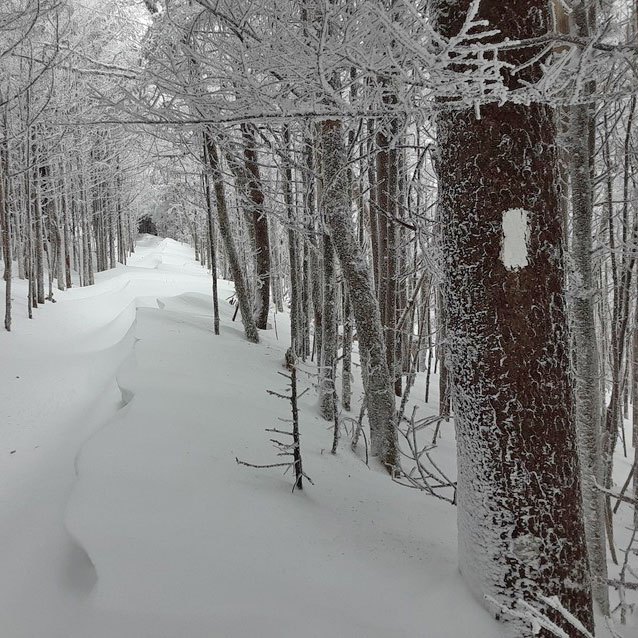
Photo by Mike Williams
Snow: Virtually every part of the Trail has the potential to receive snowfall through early April, with winter weather lingering into late May at high elevations in New England. Northbound (NOBO) hikers leaving from Springer Mountain should be prepared for cold weather and slow travel in the event of deep snow.
Rain: A cold rain can be the most dangerous weather for hikers because it can cause hypothermia even when conditions are well above freezing. Avoid hypothermia by dressing in layers of synthetic clothing, eating well, staying hydrated, and knowing when to take refuge in a dry sleeping bag and tent or shelter.
Heat: Learn the signs of heat exhaustion and heatstroke. Take extra care in hot, humid weather by taking frequent breaks in the shade, wearing sunscreen, drinking lots of fluids (essential year-round), and replenishing electrolytes with salty snacks.
 Lightning: Thunder and lightning storms along the Trail can be intense, especially at higher elevations. Check the weather and plan your route to avoid open areas, summits, and ridges during storms. If you are in an open area and hear thunder or the sky looks sinister, move to lower forested ground. Avoid areas with tall features that stand out from the surroundings: individual trees, monuments, communication towers, etc.
Lightning: Thunder and lightning storms along the Trail can be intense, especially at higher elevations. Check the weather and plan your route to avoid open areas, summits, and ridges during storms. If you are in an open area and hear thunder or the sky looks sinister, move to lower forested ground. Avoid areas with tall features that stand out from the surroundings: individual trees, monuments, communication towers, etc.
Looking for a place to check Trail weather? ATweather.org provides forecasts for the A.T. based on state and location.
Wildlife, Plants & Water
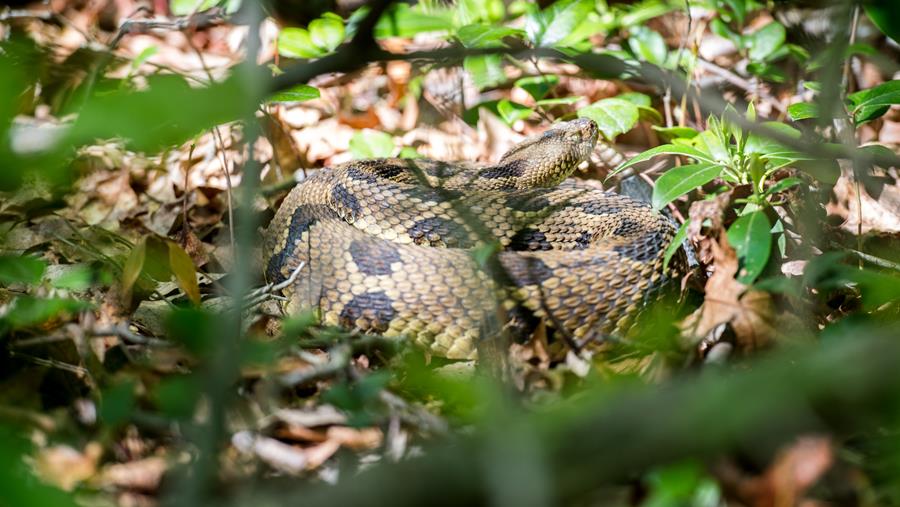
Photo by Horizonline Pictures
Proper food storage is the best way to prevent bad encounters with wildlife on the Trail. Along with bears, there are a few other critters to consider on your A.T. hike. Never touch or approach wildlife, however small.
- Mice and other small rodents can carry diseases like rabies and Hantavirus. If you are bitten by an animal, including a mouse, wash the wound thoroughly with soap and water and seek medical assistance.
- Snakes are important members of the Trail ecosystem and shouldn’t be harassed or killed. The A.T. is home to two species of venomous snakes: the timber rattlesnake and the copperhead. If you are bitten by a snake you think is venomous, call 911 and seek medical treatment as quickly as possible.
- Bees, wasps, hornets, and other stinging insects can be found all along the Trail. Hikers with known allergies should carry an EpiPen and antihistamines, and a medical identification bracelet or necklace stating their allergy.
- Spiders are also common, especially in shelters. If you’re bitten by a spider, wash the area thoroughly with soap and water and monitor for infection.
- Learn to identify poison ivy and poison oak to avoid their infamous rashes.
- Properly treat or filter all water sources on the Trail to avoid illnesses like Giardia and Norovirus.
Ticks
Tick-borne diseases have become a serious and real health risk along the Trail. Multiple species of ticks can be found in every one of the 14 states that the A.T. passes through.
Doing a few simple things can help prevent getting a tick-borne disease on the Trail:
- Treat clothing and gear with permethrin and wear insect repellent that contains DEET or picaridin.
- Wear long, breathable pants and shirts, especially through areas of tall grass or thick undergrowth.
- Check for ticks frequently and do a thorough, head-to-toe tick check at the end of the day.
- Remove embedded ticks as soon as you find them – use tweezers to lift under the head in a slow, steady pull. Pulling too fast can leave the tick head attached to your skin.
Safety and Crime Prevention

Photo by Horizonline Pictures
While the A.T. is safer than most places, it is not immune from crime or isolated against the problems of society. Here are a few tips to help keep yourself safe while on Trail:
- Share your hiking plans with someone at home and check in with them frequently. Make sure that person knows your Trail name if you have one!
- Always be aware of what you are doing, where you are, and whom you are talking to. Remember to trust your gut—it’s usually right, even when your brain can’t explain why.
- Use extra caution if hiking alone.
- Be polite but cautious with strangers and don’t tell them your plans. Avoid or get away quickly from people who act suspiciously, seem hostile or unstable, or are intoxicated.
- Use the Trail registers (the notebooks stored at most shelters).
- Avoid hitchhiking or accepting rides. The safest option is to budget for shuttles or ride-sharing services to get to and from towns.
- Leave valuables at home, don’t leave your pack unattended, and avoid camping near roads to curb opportunities for theft.
If you see something, say something.
Use the ATC’s Incident Report Form to report:
- Damage to the Trail/Trail facilities
- Bad behavior
- A missing or delayed hiker
- A person of concern
- An emergency after the fact – once you are able to and safe following the emergency, please report it.
Having trouble using the form? You can also send a detailed email directly to incident@appalachiantrail.org.
Bear encounters should be reported using the ATC’s Bear Encounter Report form.
Please note: Submitting an Incident Report does not trigger an immediate law enforcement response, especially after hours and on weekends. If you are in immediate danger, call 911.
Catch up on our hiker preparation series
With some preparation, proper gear, and situational awareness, you can be prepared for many of the Trail’s challenges.
Happy Trails!
Discover More
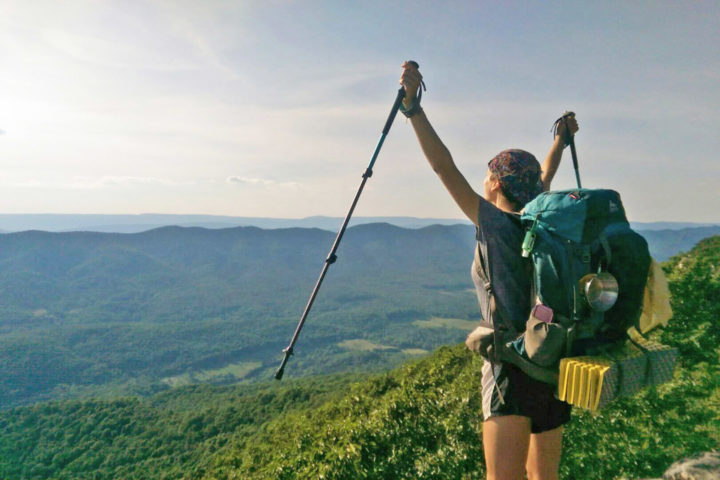
Know Before You Go
Hiker Preparation Series
Before heading out to the Appalachian Trail for your long-distance hike, check out our hiker preparation series for tips and checklists on how to have a safe and enjoyable A.T. experience.

BY CAITLIN MILLER
11 Easy Ways to Improve Your Leave No Trace Footprint
A collection of simple and seemingly small ways you can practice Leave No Trace and help protect the A.T. experience.

Plan and Prepare
Hiker Resource Library
A collection of resources for hikers to stay safe, healthy, and responsible on the Appalachian Trail.
